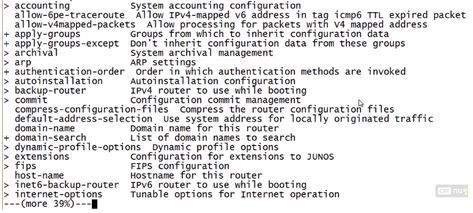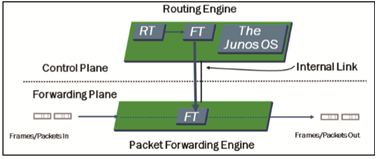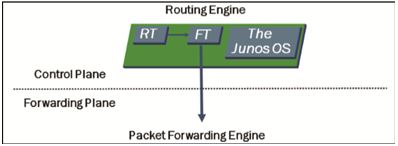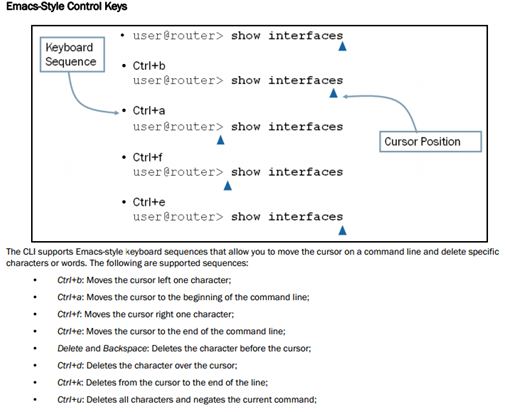Start the CLI
% cli <- Equivalent to enable command of cisco devices.
Go to configuration mode
> configure
Set a new root password
# set system root-authentication plain-text-password
Note: Juniper always require local root authentication.
Save the new configuration
# commit
Exit to operational mode
# exit configuration-mode
Reload
> request system reboot
IOS vs Junos CLI modes
IOS has three main CLI mode
1. User
2. Exec mode
3. Configuration mode and its hierarchy (sub-config, interface, etc)
Junos has unix shell and two main CLI modes.
1. Operation mode
2. Configuration mode
Continue reading




